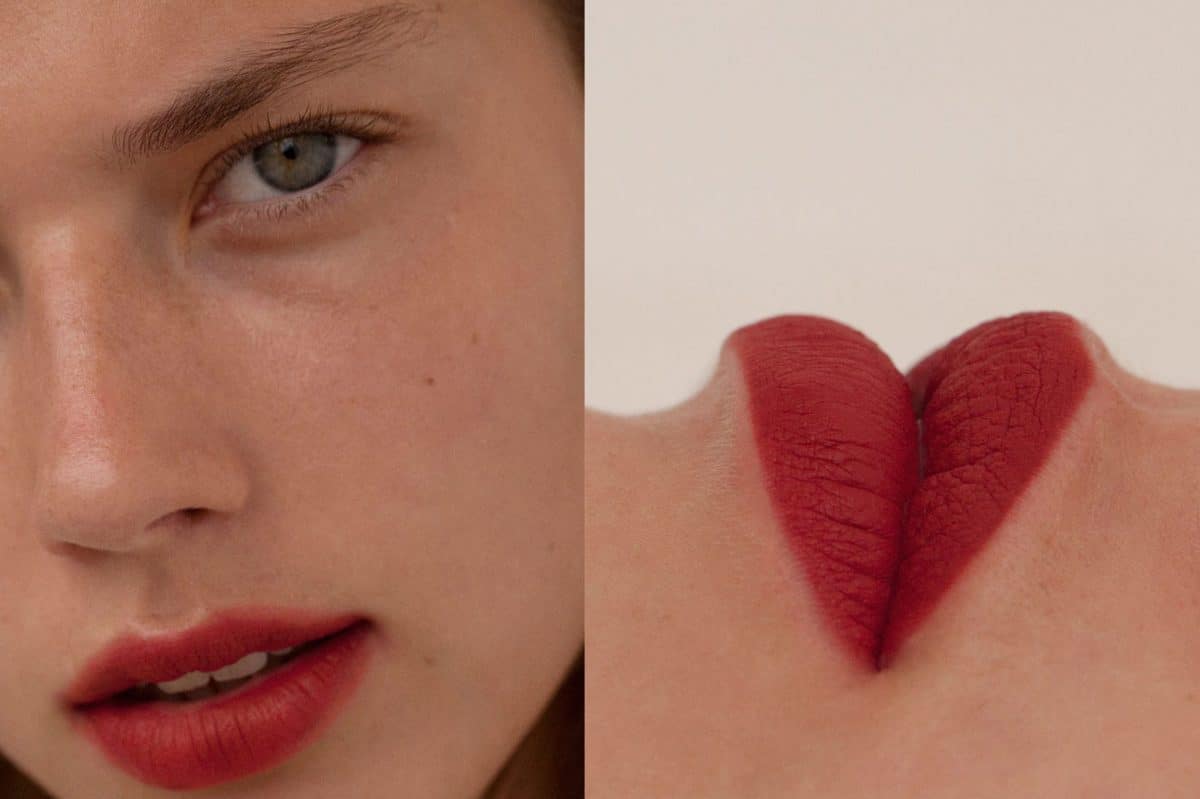
As is life, trends come and go. But when you're talking about trends in skincare, it's a whole different story.
Your skin is an organ just like any other. Like your heart, lungs or stomach. And we certainly don't treat our heart or lung health based on what is currently trending. As such, we've looked into one of the prevailing "trends" in skincare - layering.
What exactly is 'layering' and is it something we should actually be investing our time in? To find out more we spoke to Biologi’s Dermal Specialist Lucy Macdougald. As a cosmetic chemist, Lucy answered all the questions we had about mixing your products and how and when this should be done.
What is skincare layering?
Skincare layering is a method that became really popular when trends like K-Beauty were introduced. It involves applying a plethora of products with the theory that your skin will get the full benefits of each of the products that you apply to it. A skincare layering routine might consist of applying an oil-based cleanser, water-based cleanser, exfoliator, toner, essence, serum, sheet mask, eye cream, moisturiser, followed by SPF. Personally, I hold a controversial opinion when it comes to skincare layering but more on that later.
In what order should you typically apply your products? Where does SPF sit?
SPF should be the last step in your skincare routine because it sits on the skin rather than penetrates, so if it goes on first, your other layers will be wasted. The order you should typically apply your products is going from the lightest to the heaviest. So that might mean starting off with a cleanser, followed by a light serum, followed by a moisturiser, then an oil, then SPF.
Do the ingredients in each product affect the order in which they're applied?
Absolutely! The most important thing to remember is something that basic chemistry tells us – oil and water don’t mix. Therefore, you must be mindful of this when applying your products. If you apply an oil-based product first, it leaves a film on your skin and will mean any other water-based products won’t be able to penetrate. You also have to be really careful of the active ingredients you are applying because some ingredients don’t ‘like’ each other. Many people don’t realise that some ingredients when layered together can actually cancel each other out (meaning they don’t actually do anything) or worse – cause harmful skin reactions. But before you throw away the entire contents of your bathroom cabinet, consider understanding how ingredients interact with each other and potential risks that can be involved. For example, Vitamin C serum and Retinol work optimally in different pH environments, so shouldn’t be layered on top of each other. Retinol also shouldn’t be layered with AHAs or BHAs because retinoids the combination can cause excessive skin sensitivity, redness and irritation.
Also consider the fact that reducing reliance on synthetics which your skin may not really need can help to restore natural hydrating processes, balance pH levels and strengthen the natural protective barrier. Beauty routines that overload the skin with synthetics are, according to Biologi’s research, unnecessary and can damage the protective barrier that protects the body. Traditional skincare products can be packed with toxic ingredients including chemical activators, irritating fragrance, occlusive emulsifiers and even water to dilute natural actives.
Where do things like pre-serums, essences, toners and face mists fit in?
From my perspective I really don’t think there is a huge need for these products, but if you are in the habit of using them, it does depend on the specific product. In most cases, essence and toners will go on after you’ve cleansed your face, a pre-serum will be applied after that or before your regular serum and face mists can either be applied early on in your routine or some people like to use them throughout the day (even over make up).
What happens if you get the order wrong?
A lot can go wrong with skincare layering which is why we at Biologi wouldn’t typically recommend a complicated routine! As previously mentioned, know that oil and water typically don’t mix, so layering them in the wrong order can render your products useless. For example, layering an oil-based product first will mean that it creates a film over the skin, so any water-based products applied thereafter won’t likely penetrate. So always apply water products before the oil otherwise the product sits on top and is a total waste!
Secondly, many people aren’t aware that certain ingredients can cancel each other out. For example, using Vitamin C and layering it with AHAs or BHAs could destabilise the Vitamin C and potentially render it useless. That means you’re just wasting your time and money!
Thirdly (and most importantly) do your research prior to applying any active skincare. Many ingredients when mixed together can cause harmful reactions which can result in a series of skin conditions. A great example of this is layering a retinoid with a salicylic acid - each can dry out the skin, so together they can lead to over drying which can then lead to skin irritation. To compensate from being over dry, the skin will ramp up oil production, which can create a vicious cycle of dryness and acne.
Another thing to be aware of is that our skin cells can actually retain toxins and if you’re applying several different synthetic ingredients on your skin, you can get a toxic build up over time. This can then cause skin sensitisation which can reveal itself in the form of inflammation, dermatitis, eczema or even acne. The good news is that Biologi’s serums have the unique ability to penetrate the skin cells to remove any toxic build up, then get to work on rejuvenating the cell naturally.
Are there any ingredients or products that shouldn't be applied together?
Be careful about mixing acids in general for example, don’t layer glycolic, lactic or salicylic acids.
What's something that you think people get wrong about skincare layering?
I think people really need to read between the lines when it comes to these types of trends. Consider why brands might be encouraging these types of practice – the answer is because they want you to buy more products! Brands invented products such as toners and essences etc. because it means that you need to add more products into your routine which means more profits for them. People need to remember that our skin functions incredibly on its own and doesn’t need a whole host of products.
Unfortunately, people get into the habit of applying a complicated routine which can disrupt the skin’s barrier and cause a host of skin issues. They then try to ‘fix’ these issues with more products and then get themselves into a vicious cycle. The skin only needs a cleanser, a hard-working serum like Biologi’s Bd Face Luminosity Serum, followed by an SPF to survive at its best. That’s why as a brand we recommend ‘Skin Fasting’ which gives your skin a detox just like a fast would for the rest of your body.
Skin Fasting is the no fuss approach to skincare that comes up against some popular complicated movements of the past, like 10-step routines. It’s all about ‘less is more’, shunning the need for layer upon layer of ingredients. The way Skin Fasting works is by stripping your entire routine back until you use only a couple or no products at all. This might sound counter intuitive for a lot of people, but it can be done in stages and will not only save you time and money but the results will speak for themselves. The theory behind Skin Fasting is simple and proven to work, provided the guidelines are followed. The trend encourages less product use, no layering of products, less cleansing and exfoliation and the introduction of high percentages of active ingredients.
Less product usage minimises or eliminates the number of synthetic ingredients in your skincare routine and avoids the common mistake made by many – layering ingredients that actually then cancel each other out, or worse – cause harmful reactions. Then, minimising over cleansing and harsh scrubbing will protect the skin’s acid mantle and works towards balancing the skin’s pH. When considering Skin Fasting, it is important to introduce products that contain a high percentage of active ingredients and avoid products that are laden with ingredients like silicones and sulphites. Ultimately you want products that will do a few things at once - hydrate, radiate, reduce blemishes, target fine lines and protect the skin.



